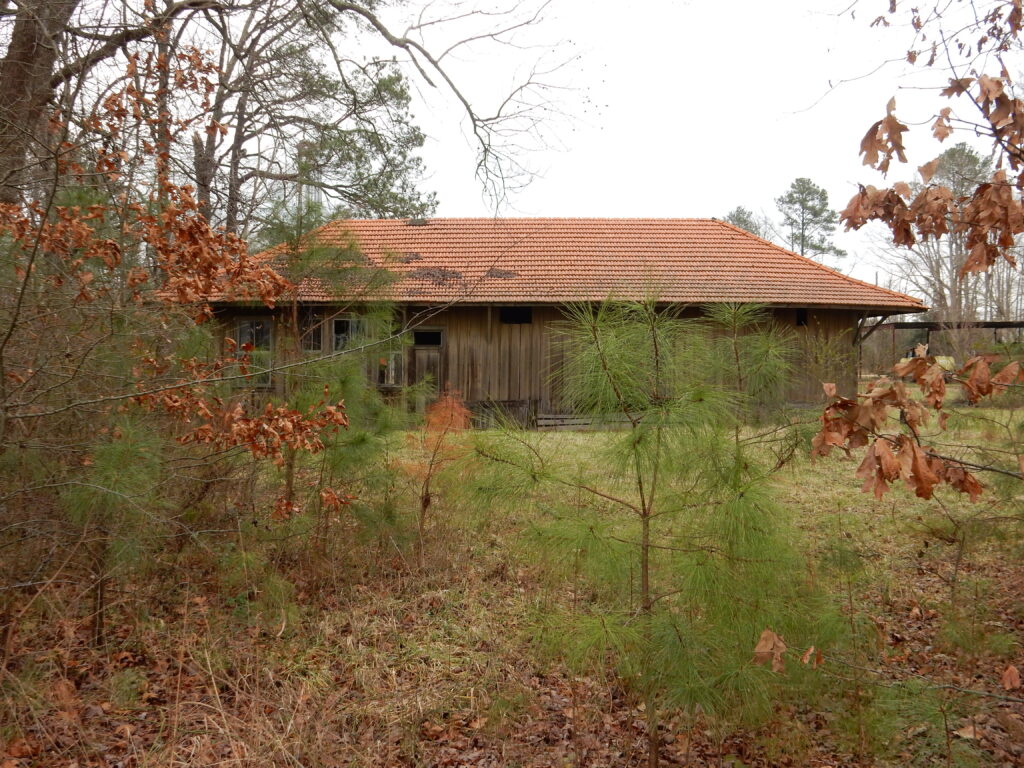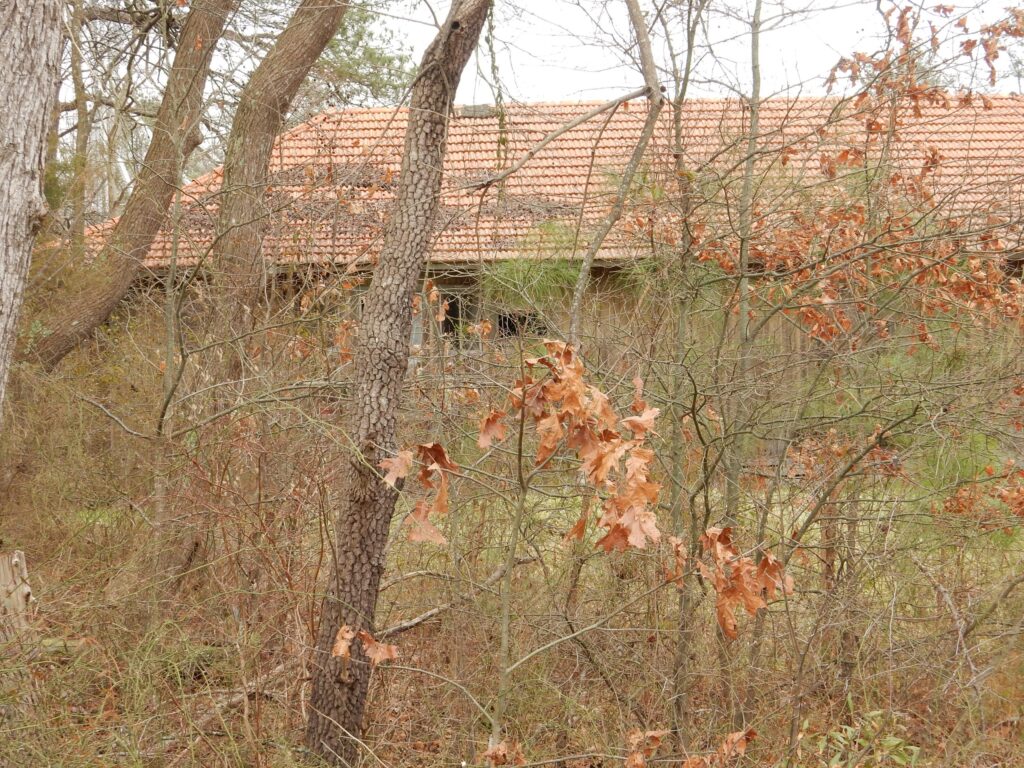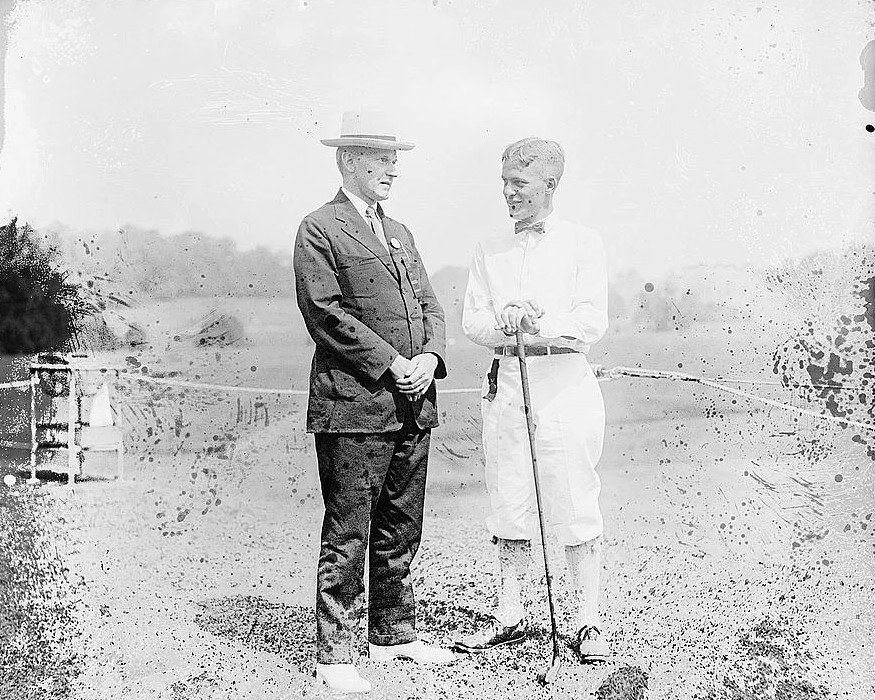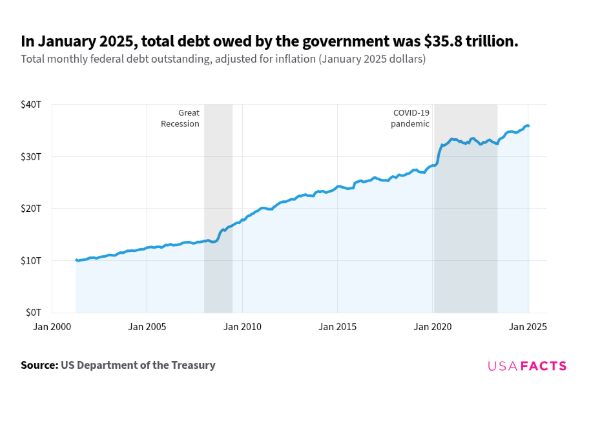The right question.
In a world where so many people think that all news is fake, the significance of asking thoughtful questions, the "What If" questions, cannot be over-emphasized. These questions are fundamental when managing organizations, careers, and especially relationships.
Sometimes, questions can be more important than answers; improper questions can produce answers with little or no value. To paraphrase Voltaire, judge people by their questions rather than by their responses.
We often fail to examine obscure factors that may significantly impact whether something is a failure or a success. We are mentally lazy and like to blame or rely on the obvious. I am not contending that what appears to be the apparent reason that something occurs cannot be valid. It often is, but the obscure factors sometimes are equally, if not more, important.
Several years ago, it was recommended that I read a management article in the Saturday Evening Post for March 28, 1942. The article was by Charles A. Kettering, an engineer. He gave several examples of how, during his career, people focused on what they thought was the apparent reason a problem occurred. He pointed out how often they ignored the essential obscure "real" cause. I highly recommend the article entitled "There Is Only One Mistake: To Do Nothing."
What is the building?
The picture in this blog might appear to be the backside of an old run-down warehouse or even a section of an old run-down barn. It is neither; it is the back of a railroad station that last operated during the early 1930s. The building is in Homeville, Virginia.
The front façade of the building was removed, and at one time, the owner used the building to store equipment. The waiting room of the old railroad station housed a tractor. For some, the demise of the building might be depressing. Some might say how sad it is that the old building is run down, has broken windows, and the wood siding, in places, has faded to an off-white.
There is another way to look at this building. I see this as a building that served its primary purpose for many years. It is a building that had people going in and coming out—some spending portions of their lives seeing that passengers and freight were loaded and unloaded. The station manager sent and received messages on a telegrapher's key. I see people huddled inside waiting for a train when snow covered the ground. They waited around a pot belly stove for a train to a destination where their dreams of seeing a family member might be fulfilled, a business deal consummated, or even a honeymoon trip enjoyed. All of these are now obscure.
The fact that the owner has used the building for equipment storage does not demean it. If anything, it enhances its value since the faded tile roof and the sagging walls still serve a purpose. As a society, we want to discard buildings, people, relationships, and, most importantly, values and ideas that have the patina of time etched on them. What a waste not to appreciate that they served some purpose, and some of these still can. The railroad shuttered the station in the early 1930s, but it still served a purpose. The railroad tore the train tracks up and relocated them to other train track beds. It was expensive to produce steel during the Depression, so moving tracks from stations that were in declining communities to viable areas was not unusual.
Be careful what you discard.
Since I was a child, I have looked at rusted-out trucks on back country roads, kudzu-encircled structures in the south, homes whose owners have abandoned them, and, yes, even old train stations as monuments to life: things that should be celebrated. The monuments proudly represent a time when memories were made. As I have thought about items that others see as life's "discards," I have determined that these "discards" form the foundation for what I deem the "However Comma View©" of life, or just the "However View©." These things are abandoned. "However," they served a purpose.
As a professor, this "However View" impacted my teaching. I would let a student finish an answer, and then I would say, "I agree with you; 'however' have you considered 'Y.'" The "Y" would be some concept that I thought would help the student think. I have used this same general approach when consulting with corporate executives. It can be very effective. One year, some members of a senior-level course dubbed themselves members of "The However Club." They were responsible for giving me an unusual award at the senior banquet. Have coffee with me sometime, and I will tell you about the award. It was amusing and required a lot of imagination.
I believe it is essential to examine what you see, and instead of making a hasty evaluation, you should say, "However." For example, when you look at the aging train station, do not mourn its demise. Say, "The building is deteriorating. 'However,' what purpose has it served or is it serving? What great things occurred because of its existence?"
My paternal grandfather ran the train station. He told me it was the lifeblood of the Homeville, Virginia, community. My desk has been the resting place of the telegrapher's key that my grandfather used to communicate up and down the line. Some of those messages, no doubt, were bad news. However, I must believe there were more positive messages than negative ones.
It has been my experience that individuals in families, governments, and businesses frequently do not think critically. The failure occurs because they rarely gather the facts necessary to make a critical decision. They do not understand how to think critically, even if they have the facts. Accepting the obvious allows them to avoid thinking or gathering credible data. This approach is abundantly clear on news channels, speeches given by politicians, social media, and particularly in boardrooms today.
Often, when people claim that they are thinking critically about a topic, they are trying to justify some position. This error is made by the far right and the far left in today's news coverage. Even those of us who are in between the extremes find ourselves feeling a little self-righteous because we are not extremists. This ego-driven attitude clouds our ability to view the perspectives of those on the ends of the spectrum. I will try hard to avoid focusing on my enlightened self-interest and opinions in my blogs. However, I have perspectives that occasionally may creep into the blogs.
At some point in each blog, I will point out the inevitable "however" question or perspective. I hope the blogs will cause you to laugh a little. Or, I hope you will at least smirk, meditate a little, and ponder things that are not obvious. Hopefully, you will occasionally say, "I have wondered about that, or that happened to me."
Fact or fiction.
I know someone will ask the inevitable question: "Are all, or even any, of the situations you discuss in this blog true?" Every blog is based on a factual situation. Some blogs will be embellished to make a point, but I will try to make the embellishments obvious. Situations will be modified so that no one's identity is exposed. On those rare occasions when I use someone's real name, I will try very hard to stick to the facts, no embellishments. For example, earlier in this blog, I mentioned the train station where my grandfather worked. As far as I know, everything I said about that station is accurate; no embellishments. I have based my report on what my grandfather, father, and uncle told me. I also visited the train station and researched its history. However, I could be wrong.
If you want to be alerted about a new blog, sign up in the "Subscribe" box on the home page or click the signup site below. I will let you know when a blog is posted. If you want to contact me directly, use the "contact me" site below. Comments are welcome, but I will not post comments that are derogatory toward any person, group, or religious belief.
Picture copyrighted by Claude C. Lilly.






